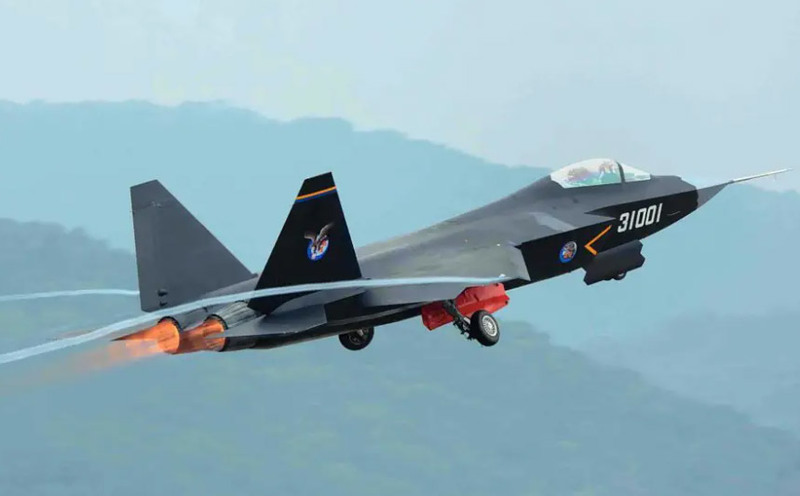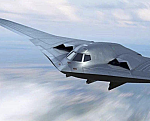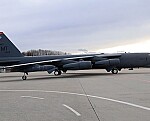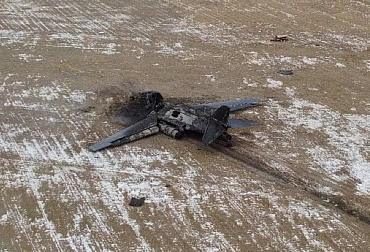Pakistan buys Chinese FC-31 fighter jets. There are implications for regional military balance
Pakistan is set to acquire China's fifth-generation FC-31 Gyrfalcon fighter jet, a decision that marks a significant turning point for the country's military aviation. Pakistan Air Force Chief Marshal Zaheer Ahmed Baber Sidhu announced the acquisition at a ceremony to introduce new equipment, including J-10C Firebird fighters. However, specific details of the timetable and quantity of aircraft acquired remain unclear.
The FC-31, also known as the J-31 or Gyrfalcon, is a multi-role stealth fighter that represents the advanced technology of the fifth generation of combat aviation. Its design aims to provide air superiority, with stealth, speed and agility. Despite unresolved questions about its real capabilities and operational potential, Pakistan's commitment to this aircraft reflects a desire to modernise its fleet and meet regional security challenges. The decision to opt for the FC-31, rather than Turkey's fifth-generation Kaan fighter, raises questions about the future of military cooperation between Pakistan and other defence suppliers. This acquisition also illustrates the intensification of Sino-Pakistani relations, particularly in the defence field.

"From the outset, we have planned to use the FC-31 to end the dominance of fifth-generation combat aircraft from certain foreign countries. One of its versions will be specifically designed for export," said Li Yuhai, then deputy general manager of AVIC Group, the parent company of Shenyang Aircraft Corporation, in November 2014. Clearly, the aim was to develop a competitor to the American F-35. Since then, capable of flying at Mach 1.8 and carrying up to eight tonnes of ammunition, the FC-31 Gyrfalcon has undergone a number of upgrades, notably in terms of stealth, manoeuvrability and on-board electronics. It then served as the starting point for the development of the FC-35, the future onboard fighter-bomber for the Chinese navy. However, no export orders have yet been officially confirmed. At least that's been the case until now.
The introduction of the FC-31 into Pakistan's arsenal has significant implications, both nationally and regionally. Firstly, it increases the potential of the Pakistani Air Force by introducing advanced stealth technology that could alter the military balance between Pakistan and India. This acquisition could prompt a response or escalation of military capabilities on the part of India, fuelling an arms race in the region. Beyond the regional implications, the purchase of the FC-31 is an important milestone for China as it seeks to extend its influence and demonstrate its ability to produce and export high-tech fighter aircraft. It reinforces China's status as a major player in the global defence industry and could open up opportunities for further export contracts for its fighter aircraft.
However, there are concerns about the economic viability of this acquisition for Pakistan, given its precarious economic situation. The adoption of various types of fighter also poses training and maintenance challenges for the air force. In addition, some experts suggest that the need for stealth platforms could be met more economically and efficiently by UAVs (unmanned aerial vehicles) for tactical support on the battlefield. Pakistan's acquisition of Chinese FC-31 fighter jets is a major strategic development that is redefining the country's military capabilities and influencing the regional balance. However, the economic and operational implications of this decision underline the complexity of choices when it comes to military modernisation.
Unfavourable economic context for the Turkish TF-X Kaan
Turkey is moving ahead with its indigenous fighter aircraft programme, the TF-X Kaan. It is actively seeking foreign partners to support the project. Turkish economy is suffering from high inflation and a foreign debt close to 476 billion dollars in March 2023, is seeing its ambitious TF-X programme put to the test, even more now with the latest Pakistani decision. The country's financial difficulties will inevitably be reflected in the TF-X programme. Despite the financial pitfalls, Turkey is actively seeking partners to share the cost of the programme. With Pakistan effectively out of the game, there are still other countries, such as Azerbaijan, which has already signed a memorandum of understanding with Turkey to explore its involvement in the TF-X project. The arrival of foreign partners presents financial advantages, but also challenges, particularly in terms of dispute management and technology transfer.
By the end of December it was announced that the maiden flight of the Kaan fighter jet should take place in a few weeks' time. Preparations and tests for this flight, one of Turkey's most important defence projects, are proceeding. To date, tests of the Kaan aircraft launch seat, static length tests, static control surface tests, landing gear tests, avionics system tests, fuel tests and engine start-up tests have all been completed.
General characteristics of the FC-31 / compared to the TF-X Kaan
- Crew: one / 1-2
- Length: 17.3 m / 21 m
- Wingspan: 11.5 m / 14 m
- Height: 4.8 m / 6 m
- Max takeoff weight: 28,000 kg / 27,215 kg
- Powerplant: 2 × WS-13 afterburning turbofans, 56.75 kN thrust each dry, 87.2 kN with afterburner / 2 × General Electric F110-GE-129 Turbofan, 76.31 kN thrust each dry, 131 kN with afterburner
- Performance: Maximum speed: Mach 1.8 / Mach 1.8 | Combat range: 1,200 km / 3,200 km | Service ceiling: 16,000 m / 17,000 m
- Armament: 6 x external hardpoints, and internal bay with a capacity of up to 8,000 kilograms including 2,000 kilograms internally / 1 x 20mm internal automatic cannon, various aerial munitions and ordnance










